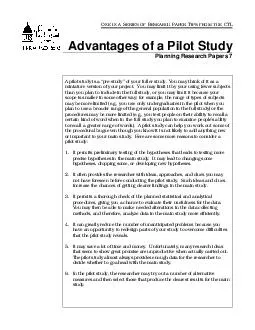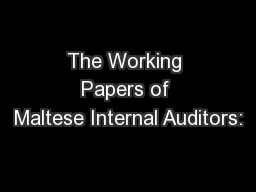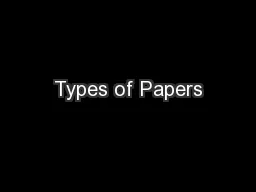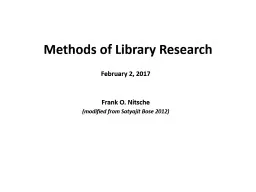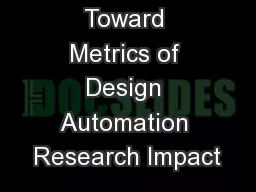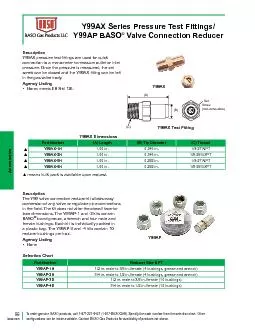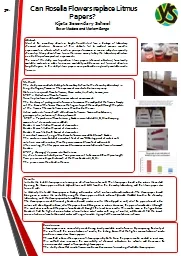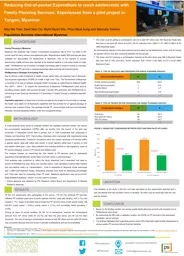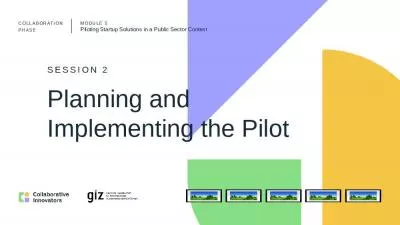PDF-ONE IN A SERIES OF R P TIPS FROM THE Planning Research Papers 7A pilot
Author : jane-oiler | Published Date : 2016-05-08
CENTER FOR TEACHING AND L IAT S BROOKENS LIBRARY 460 217 2066503 HTTPWWWAdvantages of a Pilot StudyEspecially for students If the researcher is a student planning
Presentation Embed Code
Download Presentation
Download Presentation The PPT/PDF document "ONE IN A SERIES OF R P TIPS FROM THE Pla..." is the property of its rightful owner. Permission is granted to download and print the materials on this website for personal, non-commercial use only, and to display it on your personal computer provided you do not modify the materials and that you retain all copyright notices contained in the materials. By downloading content from our website, you accept the terms of this agreement.
ONE IN A SERIES OF R P TIPS FROM THE Planning Research Papers 7A pilot: Transcript
Download Rules Of Document
"ONE IN A SERIES OF R P TIPS FROM THE Planning Research Papers 7A pilot"The content belongs to its owner. You may download and print it for personal use, without modification, and keep all copyright notices. By downloading, you agree to these terms.
Related Documents

